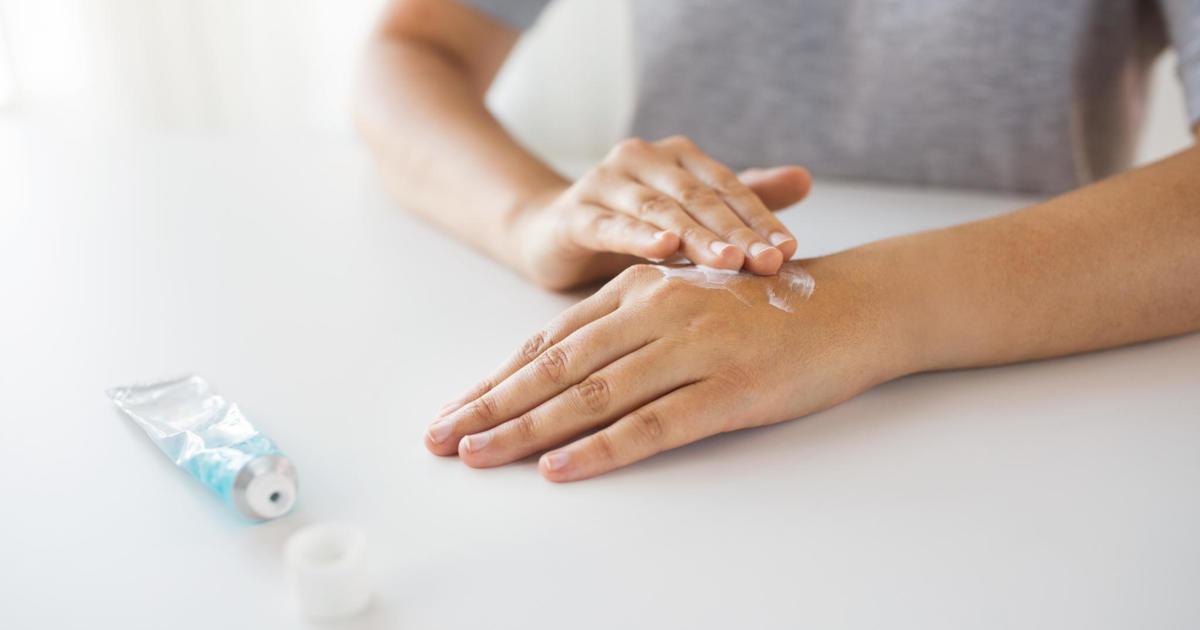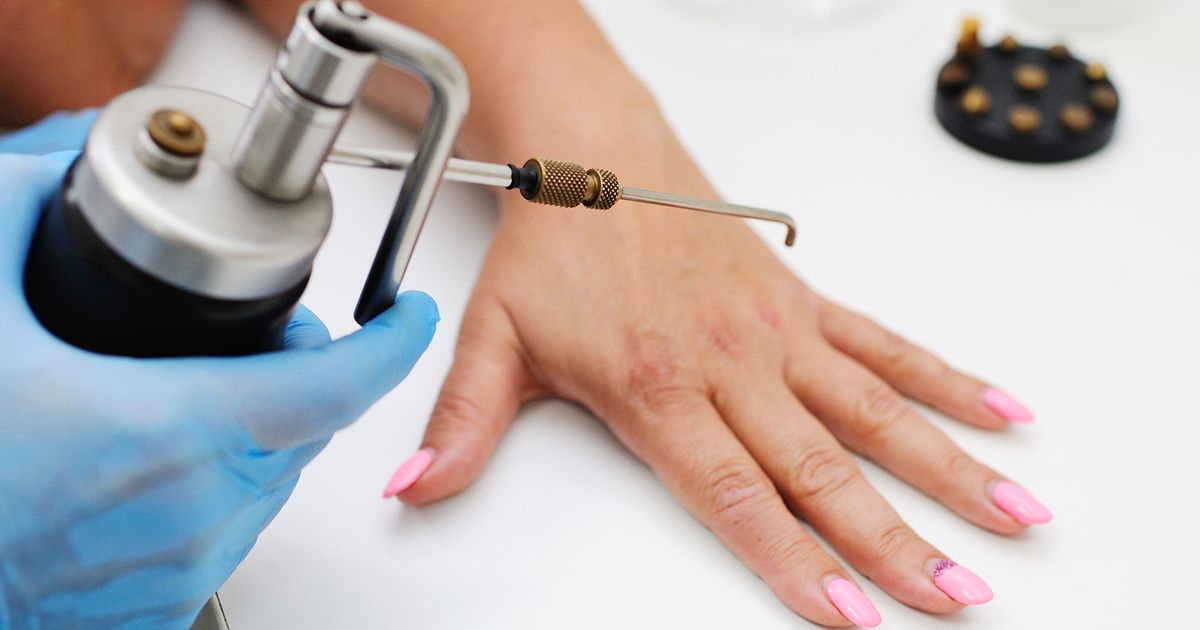Treatment Options For Hyperkeratosis
Hyperkeratosis is a skin condition that occurs due to an overgrowth of a tough, fibrous protein called keratin. This protein can be found in the skin, hair, and fingernails. The overgrowth causes patches of thickened skin to appear in the skin's outer layer. Hyperkeratosis can result from inflammation, pressure, or irritation to the skin. Some types are inherited conditions. Many conditions can cause keratin to overgrow, such as eczema and psoriasis. Other forms of hyperkeratosis include warts, corns, calluses, keratosis pilaris, leukoplakia, follicular hyperkeratosis, and epidermolytic hyperkeratosis. Most forms of this condition are manageable with preventive measures and medication. Patients should see a doctor if their condition causes pain or discomfort or if they notice suspicious lesions, especially if they are red, swollen, or have any other signs of infection. Learn how to treat hyperkeratosis now.
Topical Corticosteroid Treatment

Topical corticosteroid treatment consists of creams, solutions, ointments, and foam made with corticosteroids. These topical treatments help relieve the itching and reduce the inflammation of conditions like eczema and lichen planus. Eczema causes patches of dry, scaly skin to develop, and lichen planus causes the white patches that grow on the inside of the mouth. Mild cases of eczema can be treated with over-the-counter treatments, and more potent steroids may be prescribed for severe rashes. Topical corticosteroid treatment is very effective for eczema flare-ups. Patients should keep the affected areas moisturized to lessen the risk of future episodes. Some corticosteroids have side effects like stretch marks and thinning skin, but they’re rarely an issue if medications are taken as directed.
Get the details on more options for treating hyperkeratosis now.
Cryosurgery

Some hyperkeratosis growths may be treated with a method called cryosurgery, which uses liquid nitrogen to freeze the lesions. A blister usually forms under the treated area, and the skin may be red, sore, and swollen right after the procedure. The blister typically becomes crusted, forms a scab, and eventually falls off within a few weeks. Cryosurgery is most commonly used to treat growths suspected of being cancerous or precancerous. These types of growths include warts and those caused by actinic keratoses or seborrheic keratoses. Liquid nitrogen is the most commonly used treatment for actinic keratosis. This condition causes small, reddish, scaly bumps or very rough, abrasive patches of skin to develop, often due to excessive sun exposure. This treatment option is also effective for a condition called seborrheic keratosis. The skin growths caused by this condition are noncancerous, but can look suspicious. The small brown or black lesions typically appear on the face, neck, shoulders, and back. Thicker lesions may need more than one treatment to remove the affected skin.
Read more about how to treat hyperkeratosis now.
